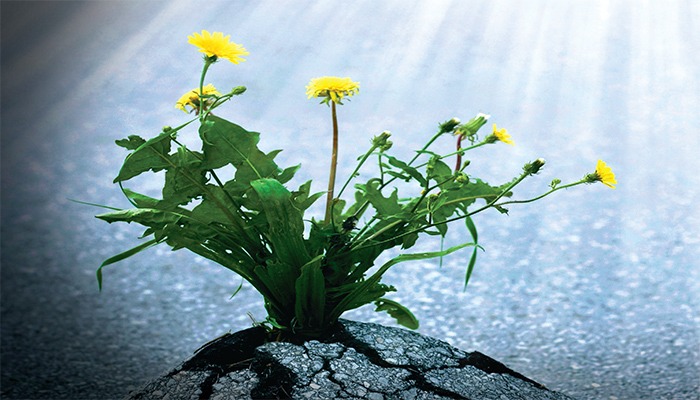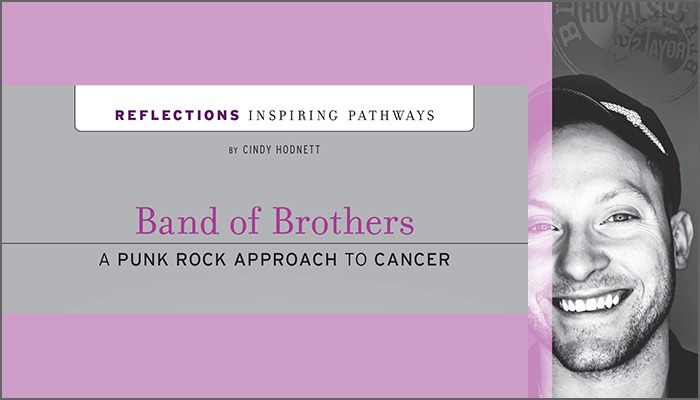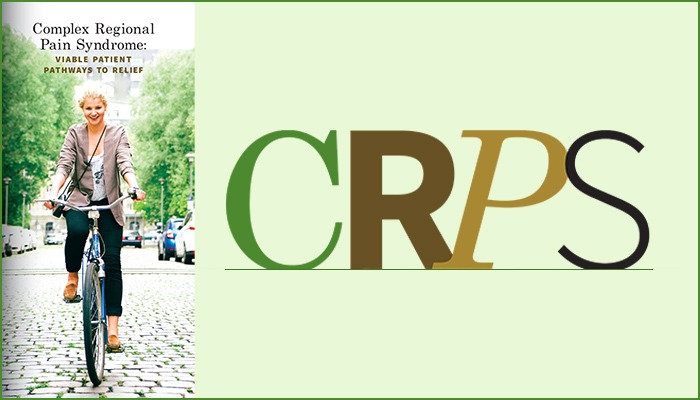Urban Farming

The old adage “you are what you eat” could be the unofficial motto for a community initiative currently under way in one North Carolina city.
Against an urban backdrop that includes repurposed tobacco factories, new medical and research facilities and a mix of art galleries, offices and restaurants, several local organizations in Winston-Salem, North Carolina (population 242,000) are partnering together to strengthen their communities through collaborative gardening, harvesting and meal sharing. The local Winston-Salem initiative is modeled after the Building Community Resilience national program and strives to empower local residents—including those who have experienced negative life events—with the skills and resources needed to create and access healthier food choices while also forming neighborhood support networks.

“The architecture of these gardens is simple—building more and more connections with both our anchor farm as well as within communities,” says J. Eric Mathis, co-director for the Institute for Regenerative Design & Innovation. “But perhaps the most important component is how these connections are formed within a stable, seasonal rhythm we call the Story of the Plate, where all of the stakeholders participate in a sacred circular design during the spring and fall growing seasons.
“This circular design begins with collaboratively converting waste food into a resource and then using this compost to fertilize the plants that we are growing across the City of Winston-Salem,” Mathis continues. “After this, we will collectively harvest, prepare and finally serve this food at the Christmas for the City event, where 4,000+ participants will sit down and eat the first healing meal together. This meal will hopefully turn our hearts and minds towards the soils that produce our food and the souls that have begun a beautiful journey towards healing deep wounds that exist with individuals and the community.”
The healing referred to by Mathis involves individuals, families and the community at large. Noting that “healing trauma and building resilience is about restoring connections,” Mathis says that the participating organizations in Winston-Salem are “creating a pathway toward connection through the soil through building Soil-to-Soul relationships.

Building Community Resilience is a national collaborative and network that “seeks to improve the health of children, families and communities by fostering engagement between grassroots community services and public and private systems to develop a protective buffer against adverse childhood experiences (ACEs) occurring in adverse community environments.”
Counterbalancing the Pair of ACEs
“There is a disproportionate amount of adversity to our low-income children and families,” says Meribeth Robinson, chief clinical officer from Crossnore School and Children’s Home, the “Anchor Farm” for the larger community garden network planned for Winston-Salem. “The ACE Study found a relationship between childhood toxic stress and adult risk-taking behaviors and chronic illnesses. The ACE study found a tie between childhood adversity and negative outcomes, including abuse, substance abuse, domestic violence, physical and emotional neglect, divorce, mental illness, incarceration and homelessness. The pair of ACEs illustrates the relationship between adversity within a family and adversity within a community. Adverse community environments include: poverty, discrimination, community disruption, lack of opportunity/economic mobility/social capital, violence and poor housing quality and affordability.If you can imagine a tree with the leaves representing the adversity of a family and the roots are losing their nutrients, the leaves cannot survive.” At the local level, Robinson says, building trauma-resilient communities is “building more fertile soil,” literally and figuratively.

“Trauma is about broken relationships,” she says. “Connection is broken with the body/self, family, friends, community, nature and spirit. Resilience is the ability to bounce back; however, this implies it is up to the family and child to bounce back. In collaboration with Miracle Grounds Farm at Crossnore School and Children’s Home as the Anchor Garden, we are literally creating soil to build resilience for the children and families on the campus and the larger community. Together, as a community, we are doing more than bouncing back, we are working toward healing the ‘roots,’ which will create a regenerative process of healthy roots.”
Rx Vegetables, the Healthy Food-to-Plate Pipeline
In addition to the community network, the Story of the Plate initiative also creates stronger communities through improved physical health, says Mathis. Using terms like “prescription vegetables,” he explains that healthier meals can result in reduced levels of illness, pain and need for medical services.
For instance, Mathis says, “A1C levels with type 2 diabetes in patients can drop drastically by integrating prescription vegetables and dining-for-diabetes programs that move the patient through a food-to-plate pipeline (i.e., growing food in a garden and learning to prepare healthier meals). In addition, when patients, their families and the community at large (social soils) interact with the actual soil (garden and farm), we begin to develop an important component in designing health into our cities,” he says. “Simply, it’s about connecting to the very thing that connects all of us—the soil, the food and the citizens who consume it.
“We are co-designing a step-by-step video that will unpack how to start this type of healthy community initiative,” Mathis explains.
Healthy Foods, the Environment and Classrooms

In collaboration with the Career Center, the Story of the Plate is also a part of the comprehensive educational effort to integrate experiential learning into the classroom that includes course in alternative energy, environmental science, culinary arts, digital media and others.
Co-founder of the Curriculum Design initiative Kai Ehnes states that “the course curriculum that we are co-creating here can be replicated anywhere, at any school and most importantly it prepares students for the economy of the future: a bio-based economy.”
“Telling a new story of the plate is simply about reconnecting with natural cycles that make life possible on our little blue miracle planet,” said Mathis. “It’s about connecting waste-to-soil and soil-to-food.”
“Food equals health,” he concludes. And for this North Carolina community and others participation in Building Community Resilience initiatives, better health for the individual and the community at large is an achievable goal, one bite at a time.
PainPathways Magazine
PainPathways is the first, only and ultimate pain magazine. First published in spring 2008, PainPathways is the culmination of the vision of Richard L. Rauck, MD, to provide a shared resource for people living with and caring for others in pain. This quarterly resource not only provides in-depth information on current treatments, therapies and research studies but also connects people who live with pain, both personally and professionally.
View All By PainPathways






